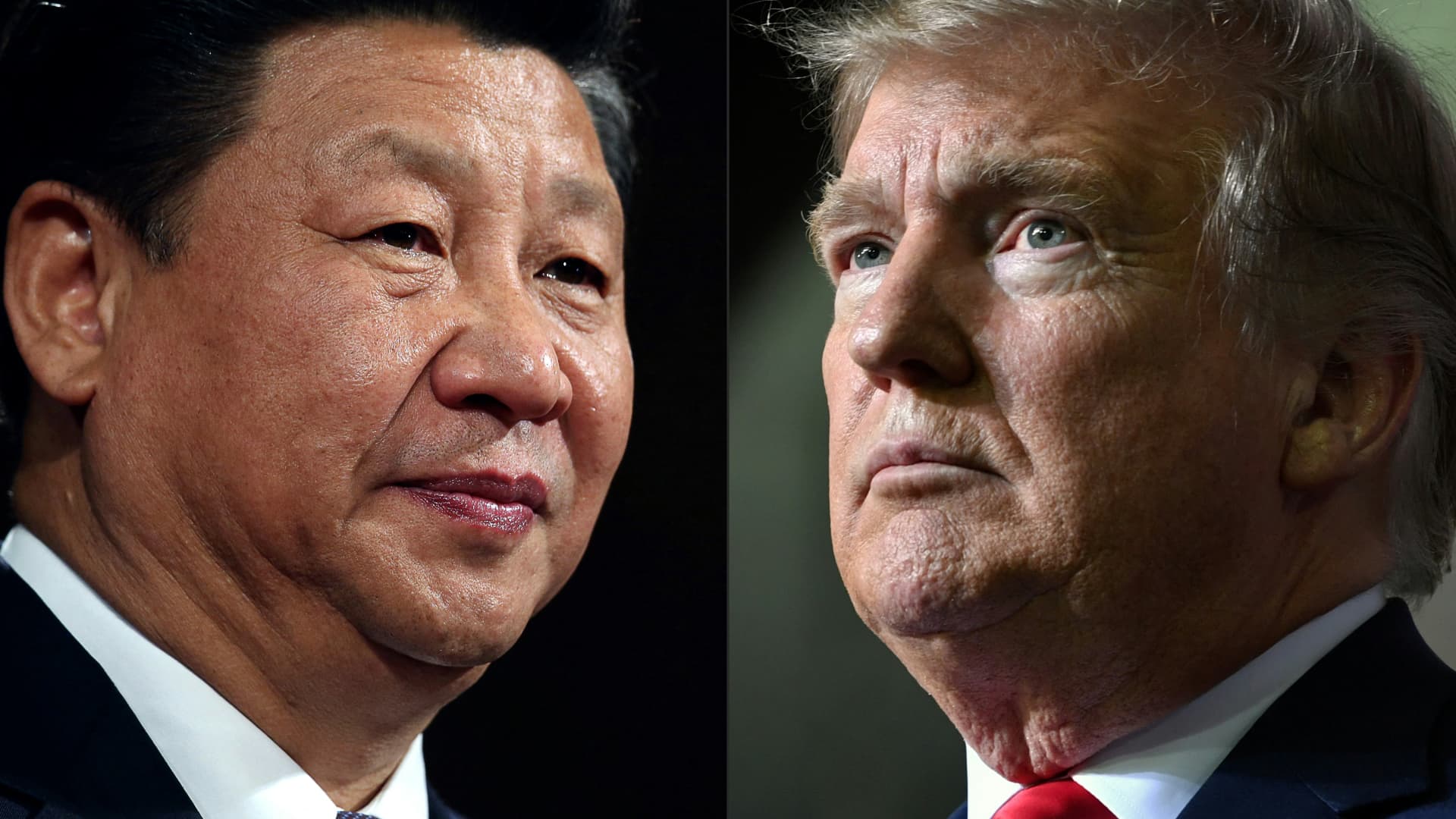BEIJING, – China’s manufacturing activity swung back to growth in October as an expansion in new orders led to a pick-up in production growth, signalling an improvement in the sector at the start of the final quarter, a private-sector survey showed on Friday.
The Caixin/S&P Global manufacturing PMI rose to 50.3 in October from 49.3 the previous month, beating analysts’ forecasts in a Reuters poll of 49.7.
The reading echoes an official survey on Thursday, which showed manufacturing activity expanded for the first time since April, a stabilising sign and helped by a slew of stimulus measures announced in late September as Beijing sought to pull economic growth back towards this year’s target of roughly 5%.
Markets are awaiting more details on China’s extra debt to revive the fragile economy as a persistent property market downturn and record-low consumer confidence continue to drag on the recovery of the world’s second-biggest economy.
Reuters on Tuesday reported that the government was considering approving next week new debt issuance of more than 10 trillion yuan in the coming years.
According to the Caixin survey, incoming new orders placed with Chinese manufacturers increased at the quickest pace in four months. That also pushed production expansion to the quickest pace since June.
Manufacturers’ confidence about future output improved as their optimism levels climbed from September’s low to the highest level in five months.
Meanwhile, purchasing activity rose in response to the uptick in new work, which led to accumulation of stocks of purchases. Manufacturers indicated that post-production inventory rose amid delays in outbound shipments and with higher production.
Both input and output prices rose slightly in October.
However, new export orders contracted for a third straight month, albeit less sharply than the prior month.
Investors are worried that a victory by Republican candidate Donald Trump in the U.S. presidential election next week and an escalation of tariffs against Chinese products may dent Chinese exports – a lone bright spot this year.
Even if work inflows improved, the rate of job losses at factories was the fastest since May 2023. Anecdotal evidence showed companies reduced temporary workers and refrained from replacing job leavers in October.
“The labour market remains under pressure, and price levels are still subdued,” said Wang Zhe, senior economist at Caixin Insight Group.
“Additionally, achieving China’s 2024 growth target will depend on a sustained recovery in consumer demand. That means policy efforts should focus on increasing household disposable income more effectively.”
This article was generated from an automated news agency feed without modifications to text.











